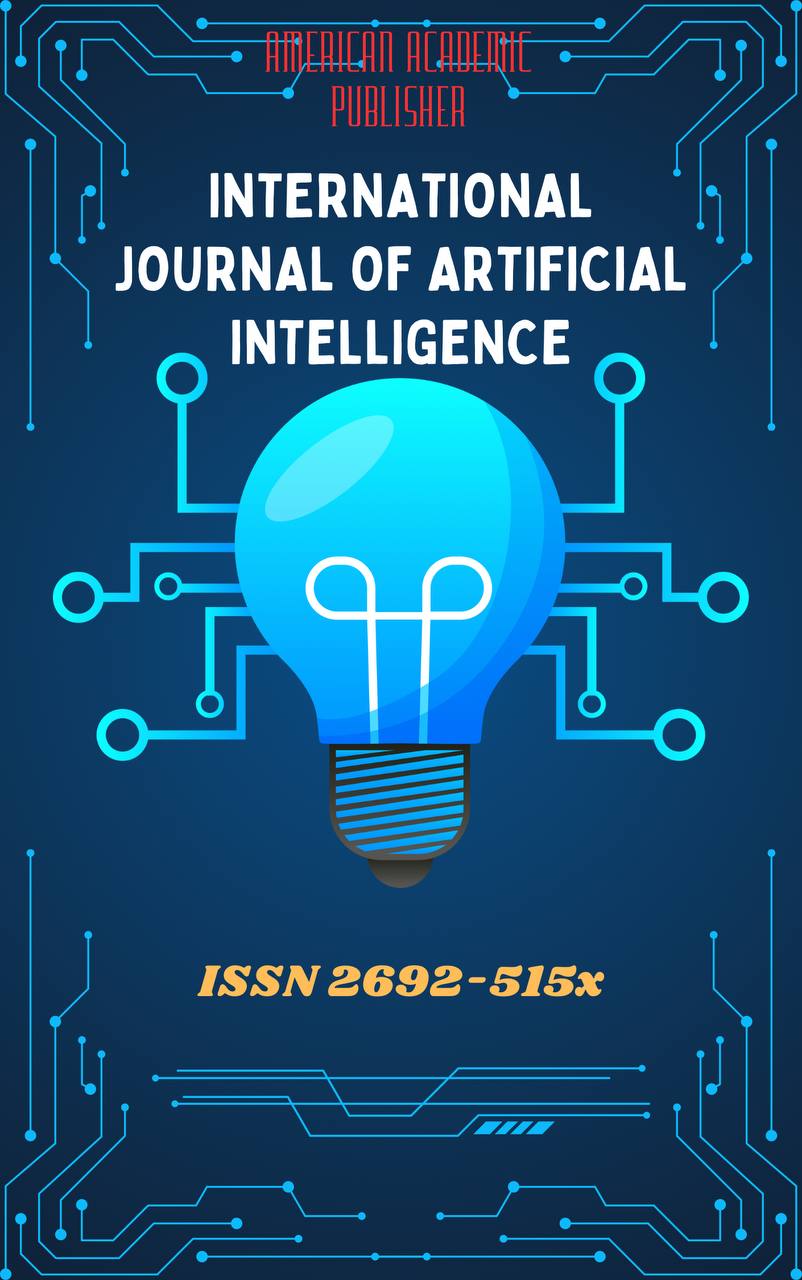 Articles
| Open Access |
Articles
| Open Access | SIMPLIFYING MEDICAL INFORMATION FOR THE GENERAL PUBLIC
Gofurova Gulmirakhon Mannapovna , Teacher of the Language Teaching Department of Kokand University Andijan branchAbstract
This article discusses the need to simplify medical jargon, the role of healthcare providers in enhancing patient education, and the positive effects of better health literacy on patient outcomes. It also suggests effective strategies for translation, such as using plain language, providing context, and considering cultural and linguistic differences. The goal is to empower patients to make informed healthcare decisions, fostering a patient-centered approach and improving overall health outcomes.
Keywords
Health literacy, healthcare communication, medical jargon, patient empowerment, patient education, translation strategies, clear language.
References
Berkman, N. D., Sheridan, S. L., & Donahue, K. E. (2011). Low Health Literacy and Health Outcomes: An Updated Systematic Review. Annals of Internal Medicine, 155(2), 97-107. https://doi.org/10.7326/0003-4819-155-2-201107190-00005
Davis, T. C., & Wolf, M. S. (2004). Health Literacy: A Metaphor for the New Millennium. Journal of Health Communication, 9(5), 267-278. https://doi.org/10.1080/10810730490504800
Rudd, R. E., Moeykens, B. A., & Colton, T. (2000). Health and Literacy: A Review of Medical and Public Health Literature. National Institute for Literacy. https://nifl.gov/
Nutbeam, D. (2000). Health Literacy as a Public Health Goal: A Challenge for Contemporary Health Education and Communication Strategies into the 21st Century. Health Promotion International, 15(3), 259-267. https://doi.org/10.1093/heapro/15.3.259
Weiss, B. D., & Cline, R. J. W. (2004). Health Literacy: A Manual for Clinicians. American Medical Association Press.
Article Statistics
Downloads
Copyright License

This work is licensed under a Creative Commons Attribution 4.0 International License.

